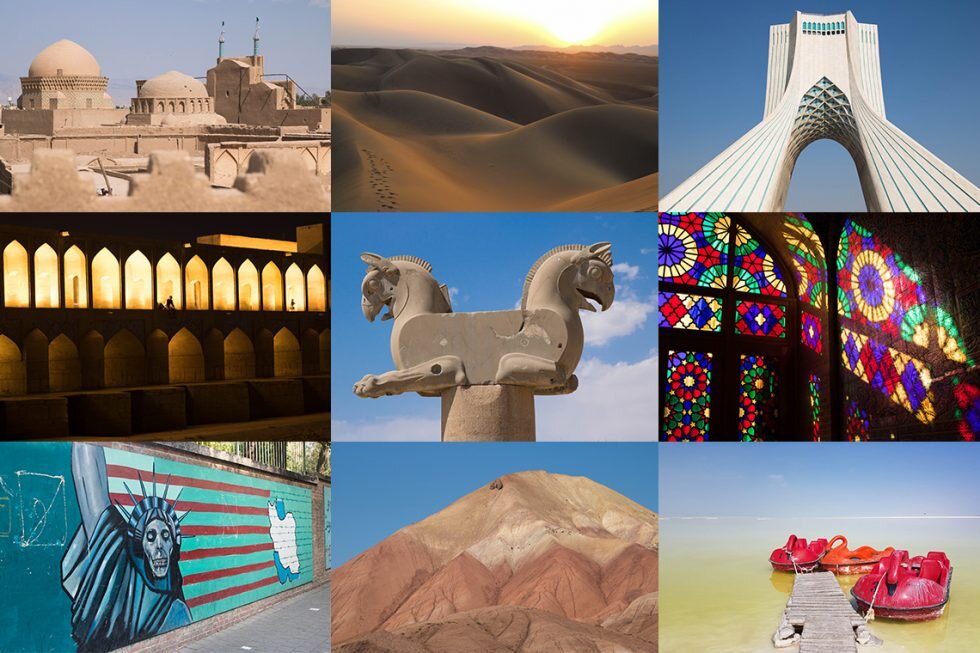Tourism ministry budget expected to rise 54%

TEHRAN – The national budget bill for the next Iranian calendar year (starting on March 21, 2022) has proposed 20.147 trillion rials (around $511 million at the fixed official rate of 42,000 rials per dollar) for the Ministry of Cultural Heritage, Tourism, and Handicrafts.
The proposed budget suggests a 54 percent increase compared to the current year’s budget, CHTN reported.
On Sunday, President Ebrahim Raisi submitted the administration’s draft of the national budget bill for the year 1401 to the Majlis, saying “In next year's budget bill, production and employment are the pivots”.
The proposed budget amounted to about 36.31 quadrillion rials (about $864.523 billion at the official rate of 42,000 rials). The bill has envisaged public resources and expenditures, the budget of state-owned companies as well as the budget for various government bodies.
The Islamic Republic expects to reap a bonanza from its numerous tourist spots such as bazaars, museums, mosques, bridges, bathhouses, madrasas, mausoleums, churches, towers, and mansions, of which 26 are inscribed on the UNESCO World Heritage list. Under the 2025 Tourism Vision Plan, Iran aims to increase the number of tourist arrivals from 4.8 million in 2014 to 20 million in 2025.
With 14 entries, Iran ranks first globally for the number of cities and villages registered by the World Crafts Council, as China with seven entries, Chile with four, and India with three ones come next.
The value of Iran’s handicrafts exports stood at $120 million during the first eleven months of the past Iranian calendar year 1399 (March 20, 2020 – February 18, 2021), Mehr reported. The country’s handicrafts exports slumped during the mentioned months in comparison to the same period last a year earlier due to the damage the coronavirus pandemic has inflicted on global trade. The Islamic Republic exported $427 million worth of handicrafts during the first eleven months of the calendar year 1398. Of the figure, some $190 million was earned via suitcase trade (allowed for customs-free and tax-free transfer) through 20 provinces, according to data compiled by the Ministry of Cultural Heritage, Tourism and Handicrafts.
When it comes to Medical tourism, many experts believe that it is a win-win opportunity both for the country and foreign patients, as they are offered affordable yet quality treatment services and the country gains considerable foreign currency.
The country is one of the major destinations for health tourism in the region, and patients with 55 different nationalities, mostly from neighboring countries including Iraq, Kuwait, Bahrain, Qatar, Saudi Arabia, Oman, Pakistan, Afghanistan, Tajikistan, and Turkmenistan are seeking to use Iran’s services and facilities in this field. The Islamic Republic has set its goals to exceed its yearly medical travelers to around two million in the Iranian calendar year 1404.
AFM
